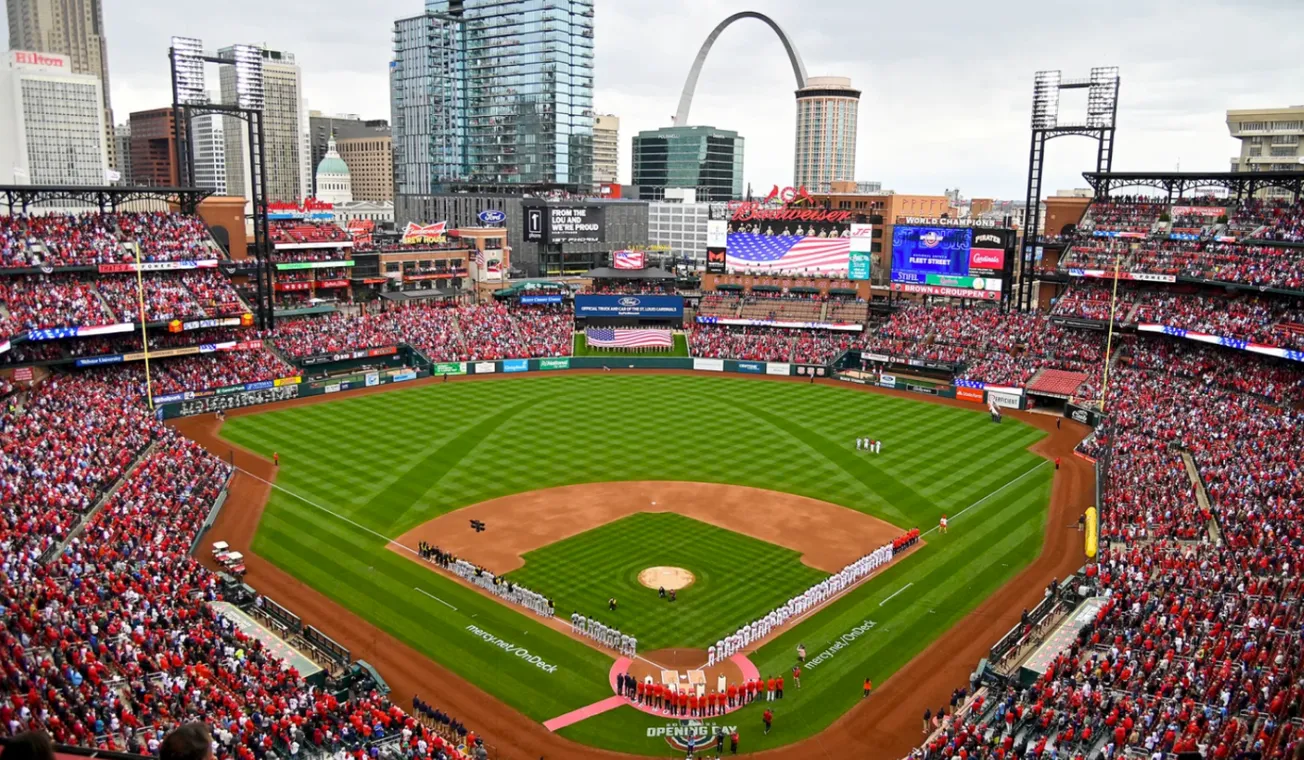Table of Contents
On March 30th, baseball returned from its winter sabbatical for another glorious Opening Day. The sensations were all familiar: the crack of the bat, the smell of hot dogs, the conviviality of fans. One could be forgiven for thinking nothing had changed whatsoever. But they would be mistaken.
Beginning this season, Major League Baseball has implemented a number of rule changes which alter the game to the greatest extent in decades. They range from the seemingly minute (bases are now three square inches larger) to the radical, including the addition of a pitch clock, restrictions on defensive shifts, and limits on pickoff attempts. Many devout baseball fans—a traditionalist bunch—decried the adjustments as ruinous to the sport they rightfully adore. In voicing their objections, however, they overlooked the alarming trends that MLB is trying to address.
Baseball has long been afflicted with two critical ills: games are far too long and feature too little action. In 2022, the average game lasted 3 hours and 5 minutes, a half hour longer than in 1975. Meanwhile, the number of balls put in play by hitters has declined considerably. That means fewer base hits, diving plays, nail biting throws to home plate, and everything else that makes baseball worth watching.
What instead has taken center stage? Aside from lengthy staring contests between pitchers and hitters, baseball has become increasingly dominated by strikeouts, which are little more than high-velocity games of catch. Strikeouts, walks, and home runs—none of which involve any real action on the field—are now woefully referred to as the game’s “three true outcomes.”
As fans must put more time aside to see fewer of the triples, doubles, and stolen bases that they crave, baseball has ceded much of its popularity to inferior games that offer more primal gratification. Once the undisputed champion, baseball is now the country’s third favorite sport, falling far behind football, trailing basketball, and barely edging out soccer of all godforsaken games. For the American pastime, this is a sorry state of affairs indeed.
To rectify this grave injustice, something had to be done; baseball did not survive two world wars just to die at the hands of our decimated attention spans. The game needed to change, and the modifications made this year are an excellent place to start.
This season, pitchers are on a strict schedule. No more than thirty seconds may elapse between at-bats, fifteen seconds between pitches with bases empty, and twenty seconds with men on base. They are limited to two unsuccessful pickoff attempts of baserunners; gone are the days of three, four, five consecutive throws to first base with nothing to show for it. Infielders can no longer crowd one side of the field to anticipate a batter who tends to hit in one direction. Paired with enlarged bases, the result is a more offense-friendly environment and a brisker pace of play.
Already, the impact is apparent. In the season’s first week and a half, batting average and stolen bases were up 16 points and 30% respectively, while game time was down by 31 minutes—a stunning accomplishment. For the first time in years, baseball’s cardinal dilemmas are improving rather than worsening. Of course, the rules have demanded some acclimation by pitchers and hitters alike, but adaptation has been swift and infractions have fallen precipitously. Soon this better baseball will be habitual, yet no less remarkable.
The most vital development, however, is not any particular rulebook revision. Rather, it is baseball’s newfound proclivity to embrace transformation at all, which has been a few years in the making. MLB had long resisted any semblance of change until 2021, when it permanently placed a runner on second base to begin every extra inning. The following year, it saved pitchers the trouble of flailing around at the plate by making designated hitters universal. Now with the latest rules, the game’s evolution has become a norm in itself.
So why stop here? Bring on the automated strike zones. Put an end to mound visits. As pitchers throw ever harder and grow ever taller, perhaps move them back a foot or two to boost contact. The worst mistake MLB could make is a return to inertia when baseball’s revival is only just beginning.
And what an important revival it is. America deserves much more than two teams on opposing sides of a rectangle running toward one another. This exceptional country requires an exceptional game; one that resembles an obstacle course, not a warzone.
To keep the best game in the world flourishing for future Americans, efforts to restore its thrill and awe should be met with open arms. Otherwise, baseball will continue its tragic descent into cultural irrelevance. Dreadful though a game-ending pitch clock violation may be, damn near nothing would be worse than that.









